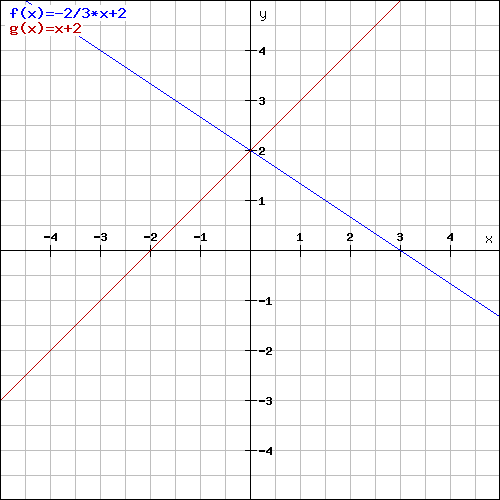Events & Promotions
|
|

GMAT Club Daily Prep
Thank you for using the timer - this advanced tool can estimate your performance and suggest more practice questions. We have subscribed you to Daily Prep Questions via email.
Customized
for You
Track
Your Progress
Practice
Pays
Not interested in getting valuable practice questions and articles delivered to your email? No problem, unsubscribe here.
- Nov 20
07:30 AM PST
-08:30 AM PST
Learn what truly sets the UC Riverside MBA apart and how it helps in your professional growth - Nov 22
11:00 AM IST
-01:00 PM IST
Do RC/MSR passages scare you? e-GMAT is conducting a masterclass to help you learn – Learn effective reading strategies Tackle difficult RC & MSR with confidence Excel in timed test environment - Nov 23
11:00 AM IST
-01:00 PM IST
Attend this free GMAT Algebra Webinar and learn how to master the most challenging Inequalities and Absolute Value problems with ease. - Nov 25
10:00 AM EST
-11:00 AM EST
Prefer video-based learning? The Target Test Prep OnDemand course is a one-of-a-kind video masterclass featuring 400 hours of lecture-style teaching by Scott Woodbury-Stewart, founder of Target Test Prep and one of the most accomplished GMAT instructors.
Kudos
Bookmarks
C
Be sure to select an answer first to save it in the Error Log before revealing the correct answer (OA)!
Difficulty:
 15%
(low)
15%
(low)
Question Stats:
85% (01:58) correct 15%
(02:32)
wrong
15%
(02:32)
wrong  based on 75
sessions
based on 75
sessions
History
Date
Time
Result
Not Attempted Yet
What is the area of the triangle formed by the lines \(2x + 3y = 6\), \(y - x = 2\), and the \(x\)-axis in the coordinate plane?
A. 3
B. 4
C. 5
D. 8
E. 10
A. 3
B. 4
C. 5
D. 8
E. 10
Kudos
Bookmarks
Official Solution:
What is the area of the triangle formed by the lines \(2x + 3y = 6\), \(y - x = 2\), and the \(x\)-axis in the coordinate plane?
A. 3
B. 4
C. 5
D. 8
E. 10
Refer to the diagram below:

The lines \(y = -\frac{2}{3}x + 2\) and \(y = x + 2\) intersect at point \((0, 2)\). This gives us the height of the enclosed triangle, which is 2 units. The \(x\)-intercepts of the lines are as follows: for the line \(y = -\frac{2}{3}x + 2\), it is \((3, 0)\), and for the line \(y = x + 2\), it is \((-2, 0)\). The base of the enclosed triangle is the distance between these two points, which is \(3 - (-2) = 5\) units. The area of the triangle can be calculated as \(\frac{1}{2}* \text{base} *\text{height} = \frac{1}{2}*5 *2 = 5\) square units.
Answer: C
What is the area of the triangle formed by the lines \(2x + 3y = 6\), \(y - x = 2\), and the \(x\)-axis in the coordinate plane?
A. 3
B. 4
C. 5
D. 8
E. 10
Refer to the diagram below:

The lines \(y = -\frac{2}{3}x + 2\) and \(y = x + 2\) intersect at point \((0, 2)\). This gives us the height of the enclosed triangle, which is 2 units. The \(x\)-intercepts of the lines are as follows: for the line \(y = -\frac{2}{3}x + 2\), it is \((3, 0)\), and for the line \(y = x + 2\), it is \((-2, 0)\). The base of the enclosed triangle is the distance between these two points, which is \(3 - (-2) = 5\) units. The area of the triangle can be calculated as \(\frac{1}{2}* \text{base} *\text{height} = \frac{1}{2}*5 *2 = 5\) square units.
Answer: C
Kudos
Bookmarks
I think this is a high-quality question and I agree with explanation.












